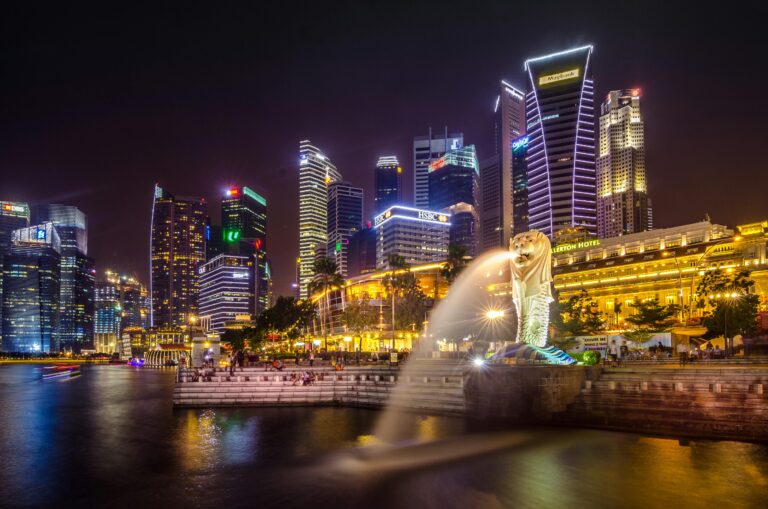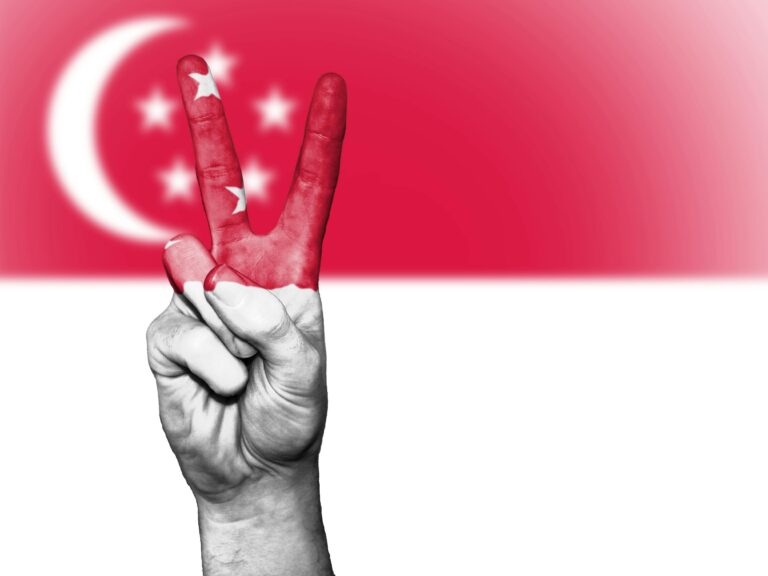
Singapore’s Rich History, an island city-state off southern Malaysia, is a global financial hub with a tropical climate and multicultural population. Its strategic location along the Strait of Malacca has made it a significant trade and military post throughout history. Let’s explore the fascinating journey of Singapore from its ancient beginnings to its rise as a modern powerhouse.
Read more about Singapore roads here: https://learntodrivesg.com/discover-singapore-top-travel-destinations/
Singapore’s Ancient and Colonial Beginnings
Early Settlements and Temasek
The earliest known mention of Singapore appears in Chinese texts dating back to the 3rd century, describing it as “Pu-luo-chung,” meaning “island at the end of a peninsula.” By the 14th century, it was known as Temasek, a thriving trading hub. Archaeological evidence suggests that Temasek was a bustling port city that traded with China, India, and the region’s maritime powers.
The Legend of Sang Nila Utama
According to Malay Annals, a prince named Sang Nila Utama from Palembang, Sumatra, discovered the island while on a hunting trip in 1299. He saw a lion, which he considered a good omen, and named the island “Singapura,” meaning “Lion City” in Sanskrit.
Colonial Era: The Arrival of the British
In 1819, Sir Stamford Raffles of the British East India Company arrived in Singapore and saw its potential as a trading post. He negotiated a treaty with the local rulers, Sultan Hussein Shah of Johor and the Temenggong, establishing Singapore as a British trading colony. This marked the beginning of modern Singapore.
The Growth of Singapore’s Trading Hub
Economic Expansion
Singapore’s strategic location and free port status attracted traders from around the world. The population grew rapidly as immigrants from China, India, and the Malay Archipelago arrived in search of opportunities. By the late 19th century, Singapore had become a vital node in the global trade network, exporting tin and rubber.
World War II and Japanese Occupation
Singapore’s prosperity was interrupted by World War II. The Japanese invaded and occupied the island from 1942 to 1945. The occupation was a period of hardship and brutality, leaving a lasting impact on the local population. The Japanese surrendered in 1945, and Singapore reverted to British control.
Path to Independence
Post-War Recovery and Self-Governance
After the war, Singapore faced significant challenges, including political unrest and a struggling economy. However, the demand for self-governance grew. In 1959, Singapore became a self-governing state within the British Empire, with Lee Kuan Yew becoming its first Prime Minister.
Merger with Malaysia and Separation
In 1963, Singapore joined the Federation of Malaysia, hoping for economic and political stability. However, political and ethnic tensions led to Singapore’s expulsion from Malaysia in 1965. On August 9, 1965, Singapore became an independent republic.
Building a Nation
Economic Transformation
Independence brought new challenges. Under Lee Kuan Yew’s leadership, the government implemented policies that transformed Singapore into a global economic powerhouse. Through industrialization, foreign investment, and infrastructure development, Singapore achieved rapid economic growth. The Economic Development Board was established to attract multinational corporations, and the city-state developed a robust manufacturing sector.
Social and Political Stability
The government focused on building a harmonious multicultural society. Policies promoting racial harmony, compulsory education, and public housing were implemented. The People’s Action Party (PAP) has maintained political stability since independence, ensuring consistent economic policies and governance.
Global Financial Hub
By the 1980s, Singapore had established itself as a key global financial center. The Port of Singapore became one of the world’s busiest, and Changi Airport developed into a major aviation hub. The financial services sector expanded, with Singapore becoming a leading location for banking, insurance, and investment.
Modern Singapore
Innovation and Sustainability
In recent years, Singapore has continued to innovate, focusing on technology, biotechnology, and sustainable development. Initiatives like the Smart Nation project aim to integrate technology into all aspects of life. Singapore is also known for its green spaces and environmental policies, earning its reputation as a “City in a Garden.”
Global Influence
Singapore’s diplomatic efforts and strategic partnerships have enhanced its global influence. It is a founding member of ASEAN and hosts numerous international conferences and summits, playing a crucial role in regional and global diplomacy.
Conclusion
From a humble fishing village to a global economic titan, Singapore’s history is a testament to its resilience, strategic foresight, and adaptability. Its journey is marked by significant milestones that reflect the island’s ability to navigate challenges and seize opportunities. As Singapore continues to innovate and grow, it remains a beacon of stability and prosperity in the region.





